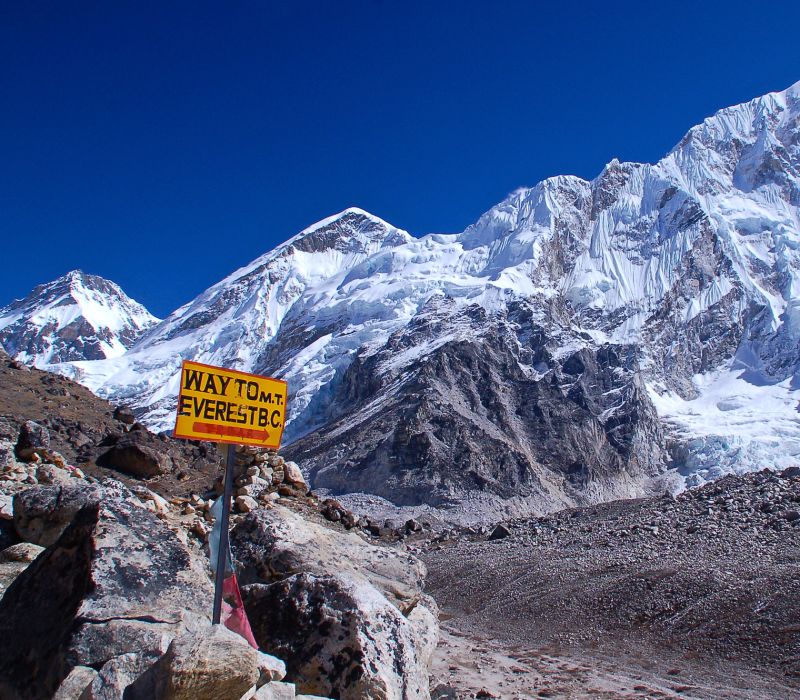A Journey to the Top of Everest
If there's one mountain that's synonymous with adventure, challenge, and pure human willpower, it's Everest. Standing tall at 8,848 meters, it's the highest peak in the world and has been an object of fascination for adventurers and explorers since time immemorial. In this article, we'll take a closer look at Everest, its history, its challenges, and what it takes to reach the top.
History
Everest, also known as Sagarmatha or Chomolungma, has a rich and fascinating history. It was first named after Sir George Everest, a British surveyor who never actually saw the mountain. It wasn't until the 1920s that expeditions to climb the mountain began in earnest, with many attempts and tragic failures along the way.
In 1953, Sir Edmund Hillary of New Zealand and Tenzing Norgay, a Sherpa from Nepal, became the first people to reach the summit of Everest, a feat that has since become legendary. Today, Everest attracts climbers from all over the world, with hundreds of people attempting to reach the top every year.
Challenges
Scaling Everest is no easy feat. The mountain is notorious for its extreme weather conditions, which can change in a matter of minutes, and its steep and treacherous terrain. Climbers also have to contend with altitude sickness, which can be fatal if not treated properly.
The ascent to the top is broken up into several stages, with climbers spending weeks acclimatizing to the high altitude and harsh conditions. Along the way, they face a number of challenges, from crossing crevasses and icefalls to navigating narrow ridges and steep inclines.
The final push to the summit is often the most grueling part of the climb. Climbers must make their way up a steep and narrow ridge, known as the Hillary Step, before reaching the top of the world.
What it Takes
To climb Everest, you need more than just physical strength and endurance. You need mental toughness, resilience, and a deep commitment to your goal. You also need to be prepared to spend months away from home, living in harsh conditions and pushing yourself to your limits.
Before attempting the climb, climbers spend months training their bodies and minds for the challenges ahead. They often work with experienced guides and sherpas, who provide support and guidance throughout the ascent.
Climbers must also be prepared to face a number of risks and dangers along the way. These can include avalanches, falls, and other accidents, as well as the potential for altitude sickness and other health issues.
Despite these challenges, climbers continue to be drawn to Everest year after year, driven by a deep sense of adventure and the desire to push themselves to their limits.
Labels: Interesting, travel


0 Comments:
Post a Comment
Subscribe to Post Comments [Atom]
<< Home